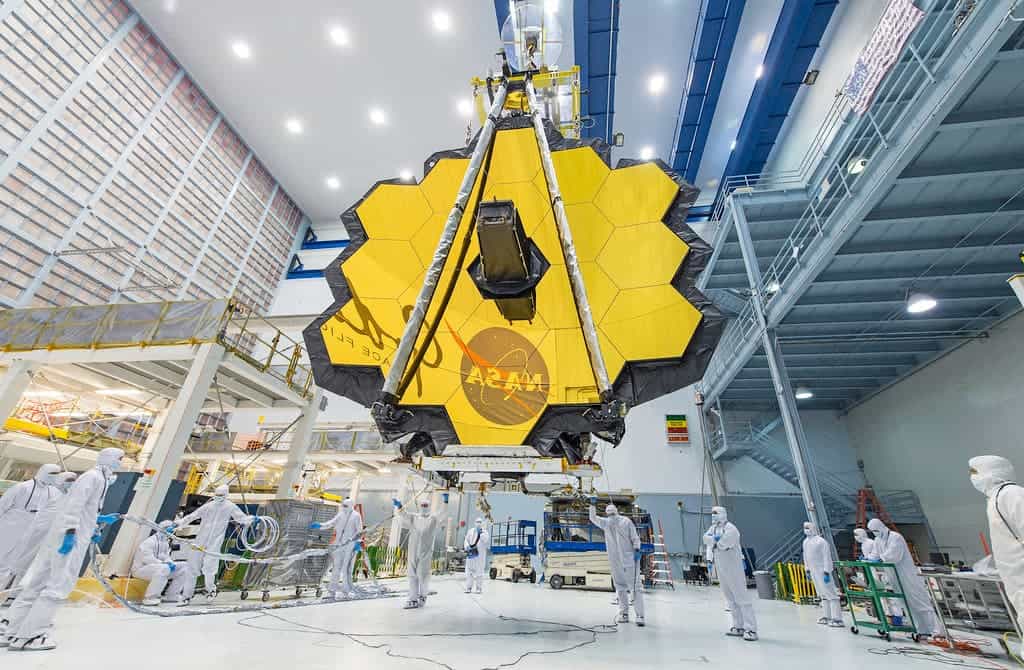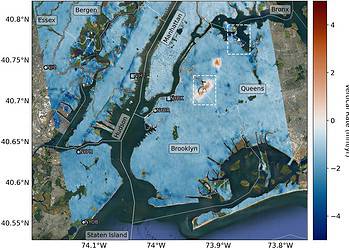NASA’s new James Webb Space Telescope is one step closer to a launch in October after passing two critical test steps.

Known as comprehensive systems tests, these procedures are meant to ensure that vital systems aboard a craft are fully functional ahead of a launch. The two steps that the telescope successfully passed are tests pertaining to its internal electronic suite, as well as the confirmation that its four scientific instruments can send and receive data properly through the network it will be using in space. The tests took place at Northrop Grumman in collaboration with the Space Telescope Science Institute in Baltimore.
Closer to space
“It’s been amazing to witness the level of expertise, commitment, and collaboration across the team during this important milestone,” said Jennifer Love-Pruitt, Northrop Grumman’s electrical vehicle engineering lead on the Webb observatory. “It’s definitely a proud moment because we demonstrated Webb’s electrical readiness.”
“The successful completion of this test also means we are ready to move forward toward launch and on-orbit operations.”
The tests took 17 consecutive days, during which the team powered on all of the telescope’s electrical components, and ran them through their operation procedures to ensure that they’re all running smoothly and can share data among themselves. All the electrical boxes on the craft have two sides to allow for redundancy, and they were all tested successfully.
After this step came the ground segment test, which simulates a mission plan for the craft’s four instruments to follow. This included commands to sequentially turn on, move, and operate each of its instruments, and meant to establish whether these devices would work as intended. The commands were relayed from Webb’s Mission Operations Center (MOC) at the Space Telescope Science Institute (STScI) in Baltimore, to test whether the network that’s meant to shuttle data to and from the satellite once in orbit works. As such, the commands were relayed through the Deep Space Network, an international array of radio antennas that NASA uses to communicate with spacecraft in orbit. Special equipment was used to simulate the satellite being in space, not on the surface.
At least from an internal systems standpoint, then, the James Webb telescope is good to go.
“Working in a pandemic environment, of course, is a challenge, and our team has been doing an excellent job working through its nuances. That’s a real positive to highlight, and it’s not just for this test but all of the tests we’ve safely completed leading up to this one,” said Bonnie Seaton, deputy ground segment and operations manager at Goddard.
“This recent success is attributable to many months of preparation, the maturity of our systems, procedures, and products, and the proficiency of our team.”
The ground team is now preparing for the next set of technical tests, which will include folding of its sunshield and deployment of the mirror. If these go well, the James Webb Space Telescope will be shipped to its launch site.






